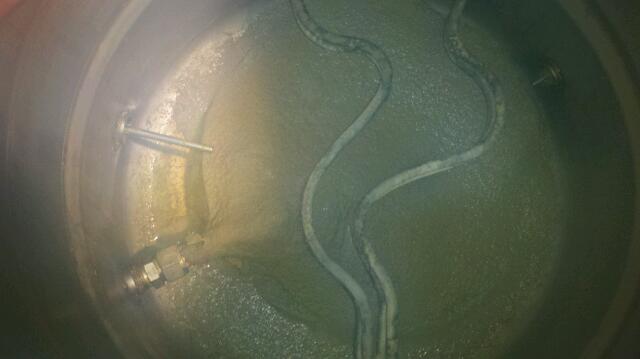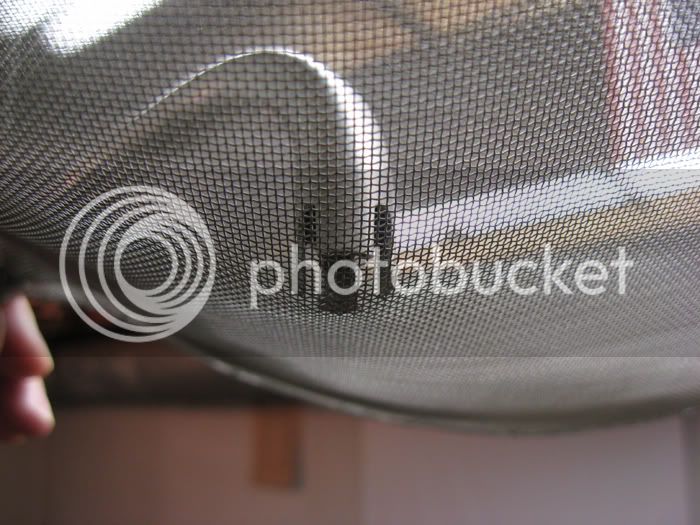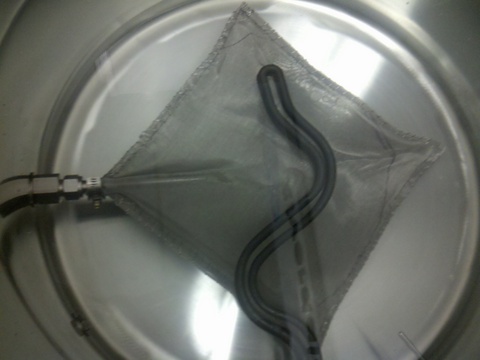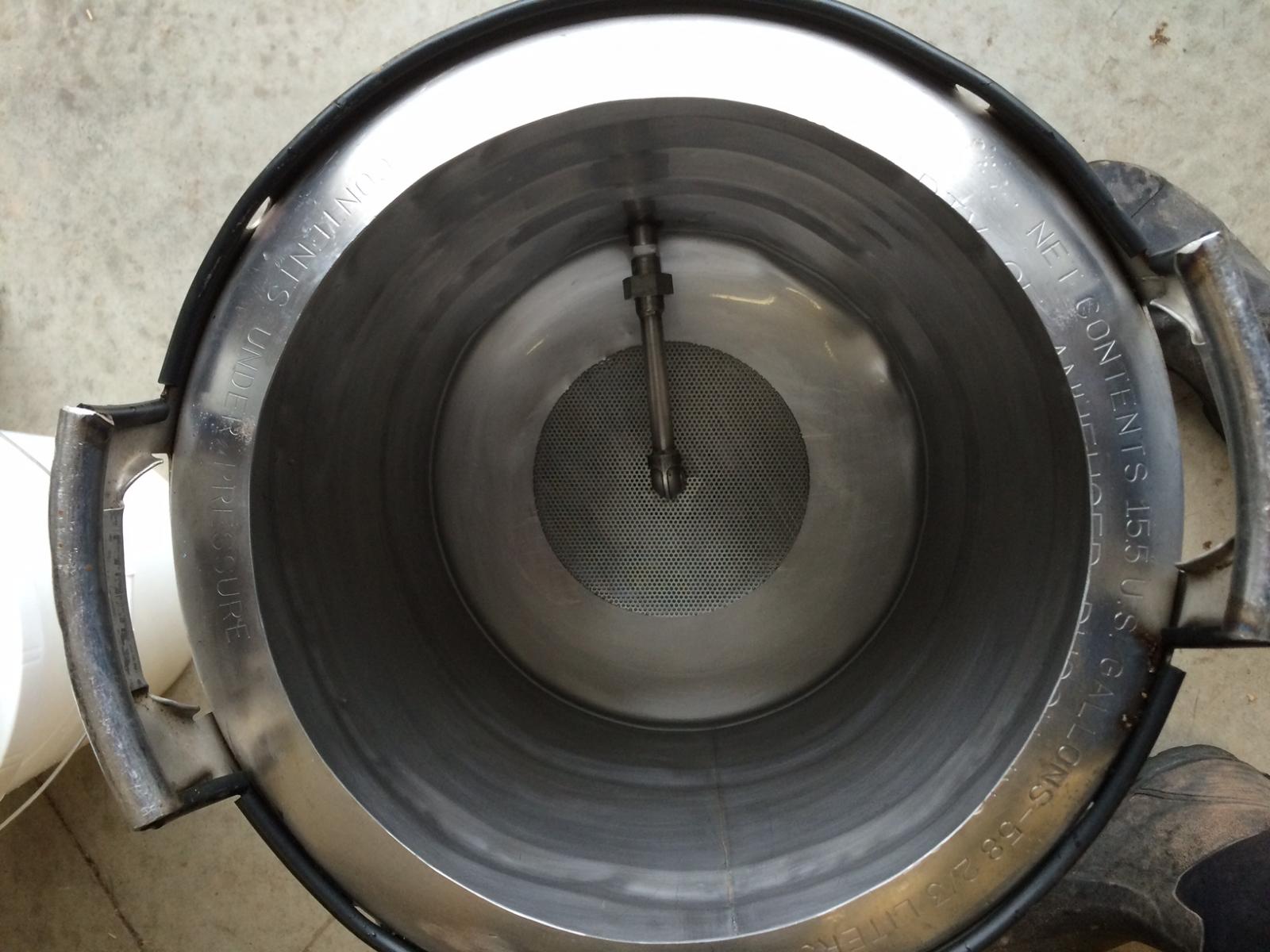milldoggy
Well-Known Member
Haputanlas said:And wow... Glad I saw these PVC connectors. Many thanks to this thread!
By the way, what size PVC elbows did you use?
3/4 cpvc. I think cpv has a dif od than pvc. They work great and make cleaning/soaking easier. That is 1 in vinyl. For BB, I use a 3/4 drill bit(spade or hole saw, maybe I used smaller can't remeber) and cut a stopper. Let's me use 1 in blow off on BB.
I just started using oxyclean free and amazed how well it cleans the blow off tubes.









![Craft A Brew - Safale S-04 Dry Yeast - Fermentis - English Ale Dry Yeast - For English and American Ales and Hard Apple Ciders - Ingredients for Home Brewing - Beer Making Supplies - [1 Pack]](https://m.media-amazon.com/images/I/41fVGNh6JfL._SL500_.jpg)










































 how do you keep the inside of your boil kettle so clean and shiny? i scrub the cr@p out of my keggle and it wont ever come up like that.
how do you keep the inside of your boil kettle so clean and shiny? i scrub the cr@p out of my keggle and it wont ever come up like that.

